Benefit from the strategic partnerships we've built between Government, Not-for-Profits and Private Industry to enable more innovative solutions to economic, environmental and social sustainability.
Slash your power and water bills by 20-60%!
Our aim is to empower you

"With the cost of electricity, gas and water rising annually due to shortages of natural resources across the globe, the cost-of-living pressure starting to bite, and climate change wreaking havoc with our weather, it's time we did things smarter.
We believe education and training leads to more better long-term energy, water and resource efficiency.
Projected climate implications for Australia in the coming decades
National global temperature rise to continue
Fewer tropical cyclones, but a greater proportion of high-intensity storms with increased rainfall
Sea level rise to continue
Marine heatwaves to be more frequent and intense
Warmer with more heatwaves fewer cool days
Cool season rainfall decline in southern and eastern Australia to continue
Heavy rainfall to become more intense
Longer fire season and more dangerous fire weather
Source: Bureau of Meteorology and CSRIO.
As a business delivering managed sustainability services we support the objectives of the United Nations 17 Sustainable Development Goals, specifically SDGs 7, 11, 12, 13 and 15... Learn more
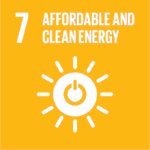
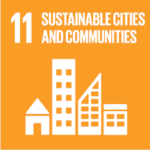
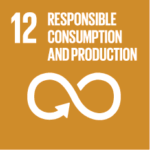
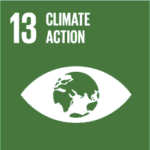

“The latest Intergovernmental Panel on Climate Change (IPCC) report confirms climate change poses a serious risk to Western Australia under all emissions scenarios, requiring every sector of society to adapt. It also provides hope for the future and sets out how the most serious risks can be averted with immediate, rapid and large scale cuts to greenhouse gas emissions.”
Perth Snapshot:
With a significant part of the population living in coastal cities and towns, rising sea levels pose significant risks to Western Australia’s coastal infrastructure and iconic sandy beaches. In Fremantle, coastal flooding has increased three fold (Church et al. 2006), while parts of Perth along the Swan River including Elizabeth Quay, Heirisson Island and sections of East Perth are at risk of being submerged by early next century (Department of Biodiversity, Conservation and Attractions 2019). Mandurah, Busselton, Rockingham and Bunbury are also at great risk of inundation and sea levels rise (Department of Climate Change 2009).
Perth’s climate is expected to become harsher under all future emission scenarios. As Perth’s population density continues to rise, state and local governments, industry and the wider community face greater climate risks. People living in larger cities can be more susceptible to the effects of climate change, particularly from heatwaves which can be amplified by the prevalence of concrete, dark-coloured roofs and a lack of shade and green space.
Perth’s climate is expected to become harsher under all future emission scenarios. As Perth’s population density continues to rise, state and local governments, industry and the wider community face greater climate risks. People living in larger cities can be more susceptible to the effects of climate change, particularly from heatwaves which can be amplified by the prevalence of concrete, dark-coloured roofs and a lack of shade and green space.
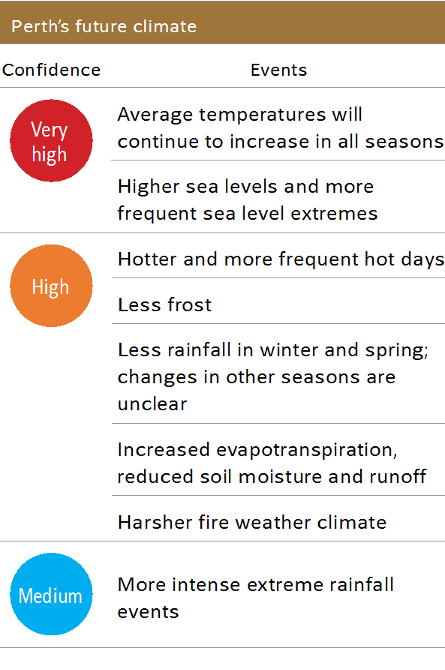
Western Australian Climate Projection Summary – Perth snapshot (Dept of Water and Environmental Regulation, Sept 2021)